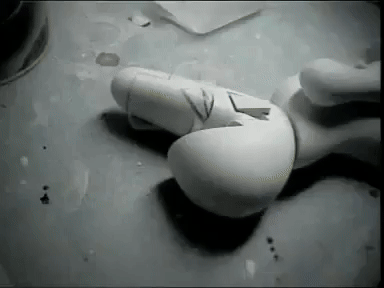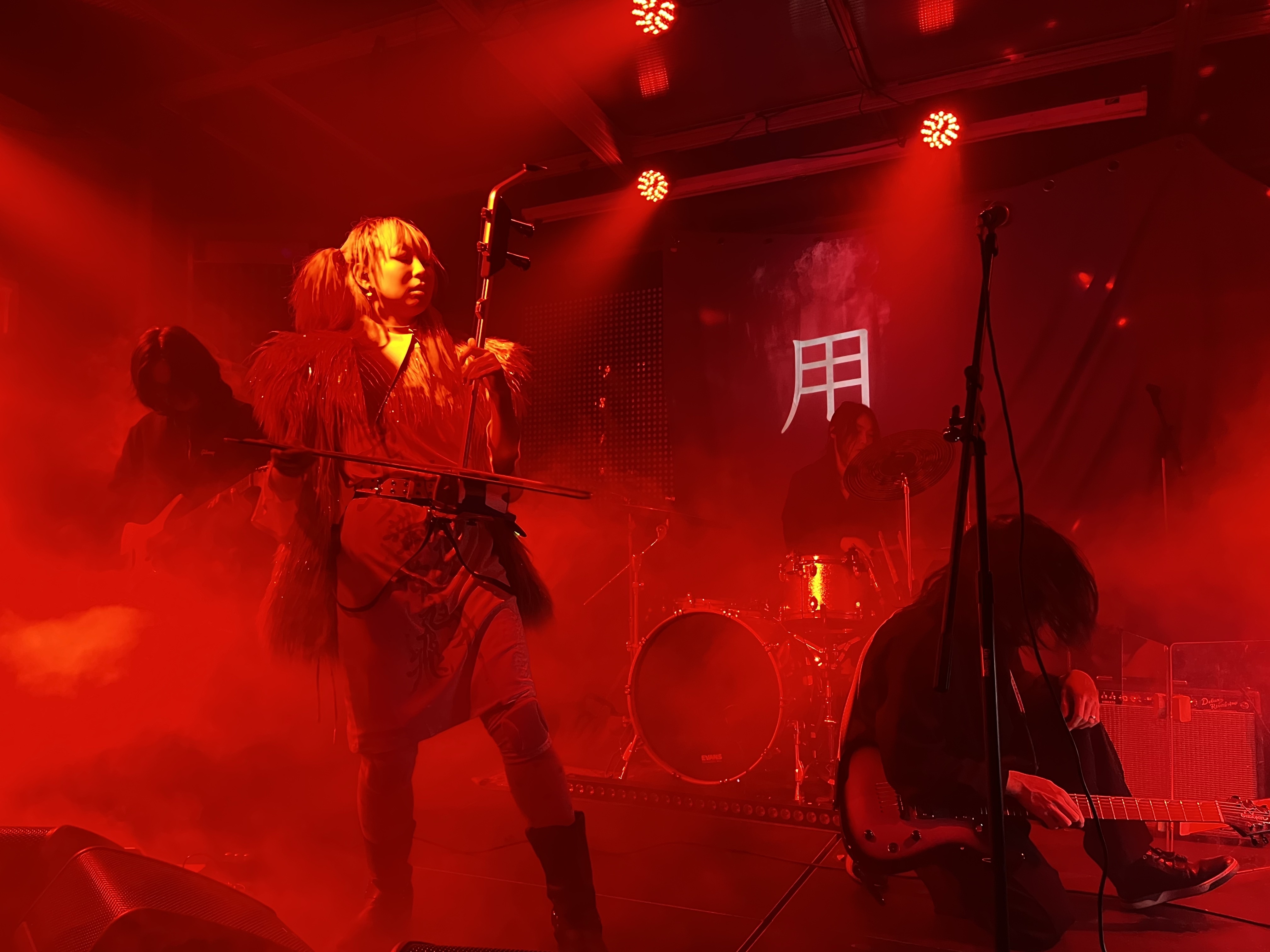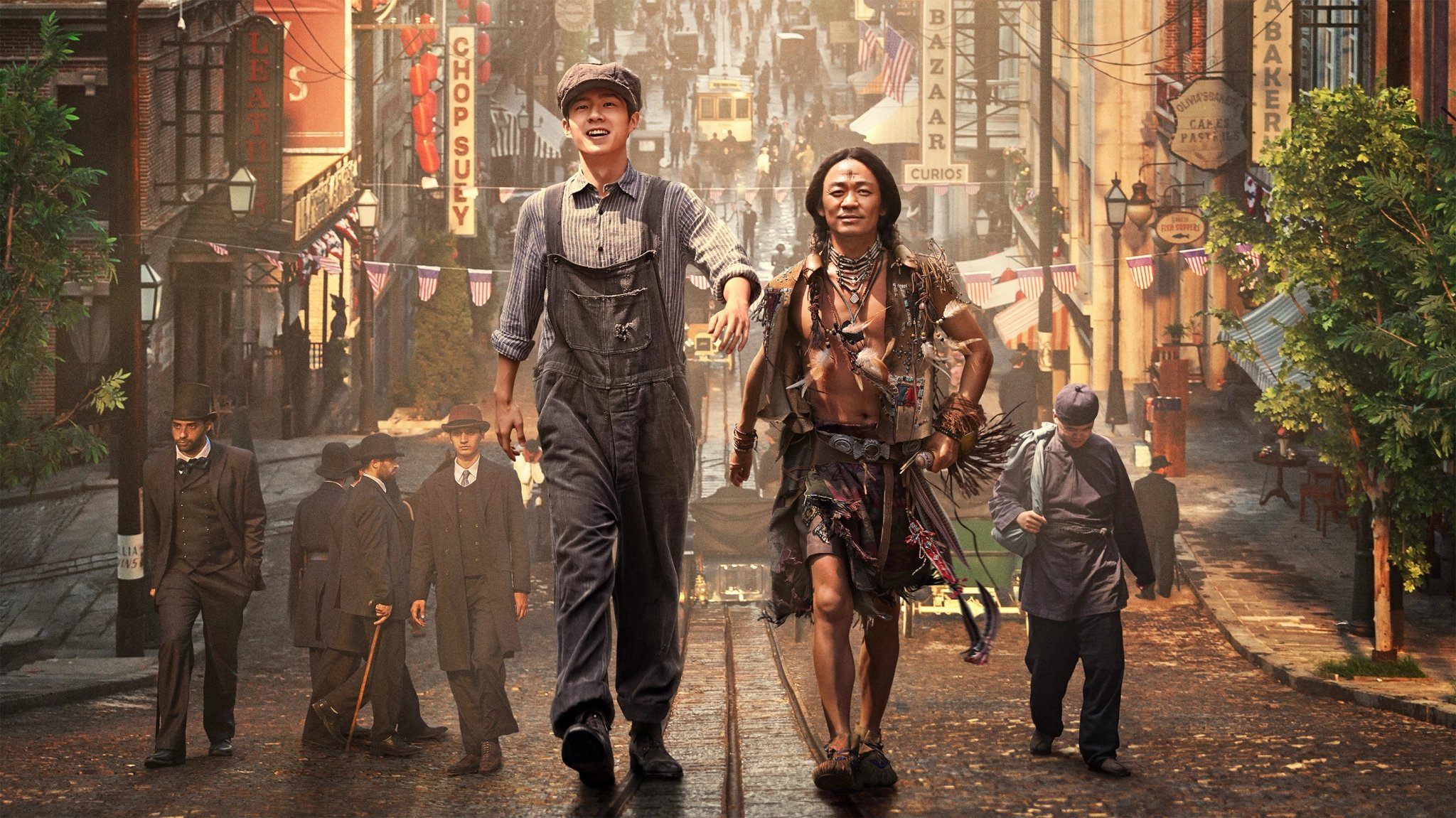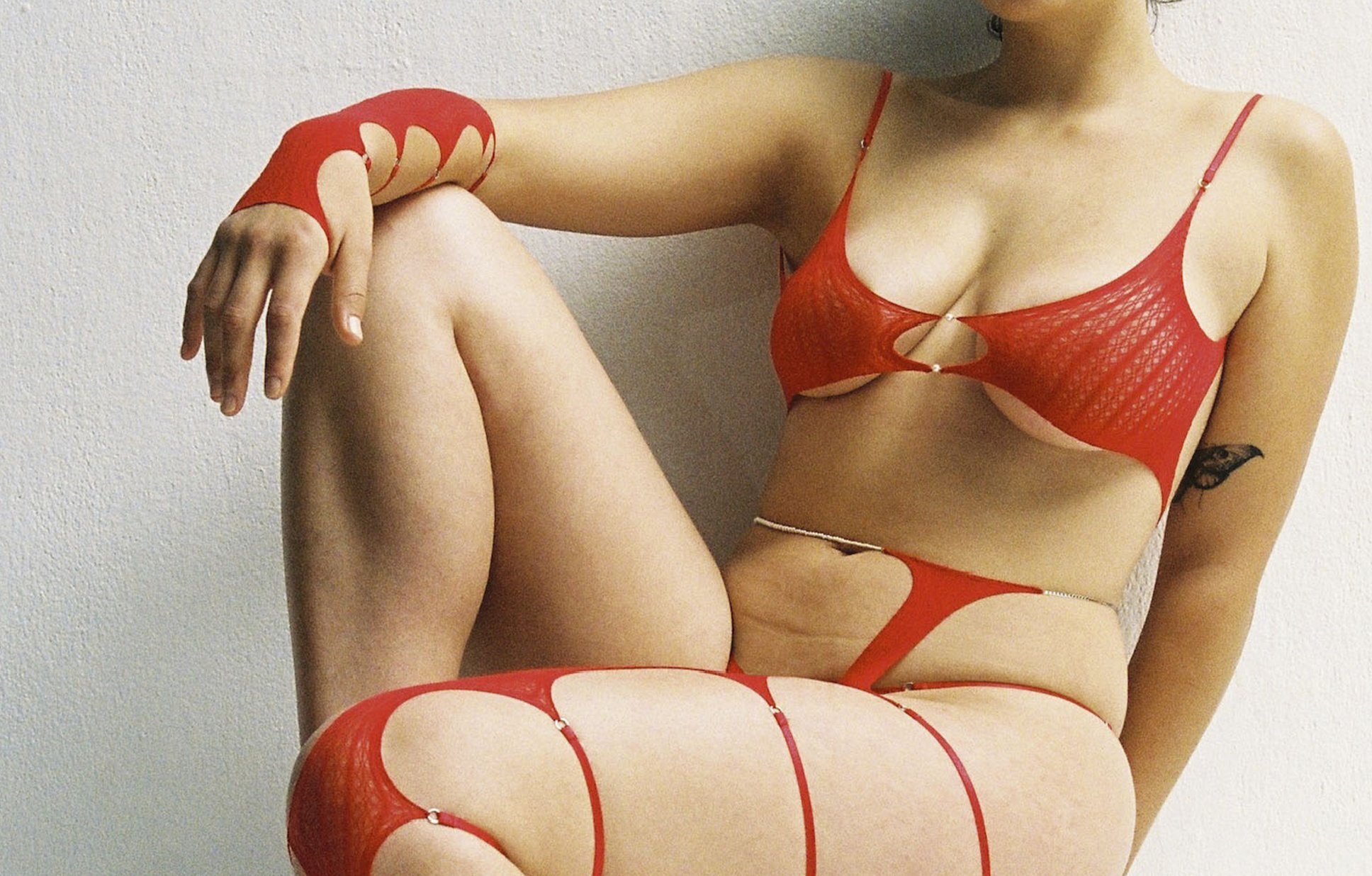Photosensitive is a RADII column that focuses on Chinese photographers who are documenting modern trends, youth, and society in China. This month, we introduce Chen Junjie and his fascinating photo series profiling the Dicheng Yu opera troupe.
It doesn’t take much for the Dicheng Yu opera troupe to put on a spectacle. As photographer Chen Junjie says, “no matter where they are, as long as they can sing, they have a stage. Maybe it’s in the park, maybe on an improvised platform, or maybe it’s when they’re farming. Passion is their biggest motivation. When you love something this much, no matter the environment, you’ll find a way to do it.”
Chen discovered the troupe on a recent visit to his hometown of Zhumadian in Henan, a province in North-Central China.
Mainly working on fashion shoots but occasionally venturing into documentary and street photography, he was intrigued by the discrepancy between the exuberant mise-en-scene of the opera they perform and their simple country lives.
Such a contrast is the starting point of Yù, a series of portraits of troupe members posing amidst the rural fields of Henan.

A troupe member dressed in ordinary clothes and an extravagant performing costume
As a regional opera, Yu opera, also known as Henan opera (Yu is an abbreviation for Henan province in Chinese), bears stronger local characteristics. It differs from the more well-known Peking opera and the so-called ‘national style’ in dialect, music, characters, costumes, and makeup.
Over the centuries, Yu opera has become one of China’s most successful regional operas, with dedicated professional and amateur troupes spread all across the Chinese mainland and Taiwan.
Chen captured the troupe members dressed both in their ordinary clothes and in character to give the viewer the fullest sense of who they really are.
“I first wanted to show their most simple and true identity, which echoes in the crops behind them. Then, with the theatrical attire, I wanted to convey their pursuit of art, their passion, and persistence,” he says.

When preparing for the shoot, the troupe leader suggested the photoshoot take place on stage, but Chen refused. He didn’t want the performative element to speak louder than the fundamental subjects of his project.
“Henan opera is just a background. The people are the most important part: ordinary people who love opera performances,” he stresses.
Chen only borrowed a backdrop from the stage, which he used to counterbalance the portraits of performers in their own clothes.
Regardless of what they wear, the troupe members proudly strike graceful poses and hand gestures for the camera, just as they would if they were performing. Still, it took some work to overcome their initial hesitation.
“This shoot was probably the first time someone photographed them in costume. When I explained the concept, they seemed puzzled and even a little skeptical. Some were concerned they would not look good because they’re getting old, with wrinkles on their faces,” Chen says.

Performers strike opera poses
As Chen explains, they’re an amateur troupe of 20 to 30 members in their 50s and 60s. The founder is the leader. In the intervals of running a small coffin factory, he takes on administrative responsibilities with the opera group, such as staffing, finding work, and producing performances.
All accompanists are men, but most performers are women working as farmers. Some are retired and generally spend their days caring for their grandchildren.
“Rural amateur performers are the same as the city amateurs we can sometimes see performing in parks. We say they’re amateurs because they aren’t professionally trained and don’t have a professional performance stage or a fixed calendar for presentations,” Chen says, adding that, unlike this troupe, most of the smaller amateur groups don’t feel the need to dress up.
When there is a set of costumes, they’re predominantly based on ancient Chinese clothing and combined with accessories and props that emphasize gesture, rhythm, and movement.
Traditional opera costumes are designed in different vibrant colors and bear symbolisms that underscore the uniqueness of each character, an effect usually intensified by modern stage lighting.

A performer in a traditional opera costume
“They buy some of these pieces, the most expensive items in their wardrobe, costing about 1,000 RMB [about 140 USD] each, and they cherish them very much. But everything else they make themselves by hand, and the details are incredible. If you look closely, you can see they made some things with plastic, and, as far as I can tell, the crowns are made with aluminum,” Chen says.
Having studied music and performing arts at Guangxi Arts University, he knows how effortful theater dressing can be, so he’s utterly fascinated by the intricate designs and exaggerated nature of Chinese opera costumes and makeup.
The makeup is equally laborious and essential to make an audience instantly love or hate a character. Audiences can know much about a character when they enter the stage simply by looking at the patterns in their eyes, eyebrows, and even noses.
Sometimes, characters’ foreheads bear symbols that’ll reveal their nature, too.

A headpiece from a traditional costume
For female roles, the makeup process involves covering the face with a white foundation and then surrounding the eyes with a red hue that becomes pink in the cheeks. In one shot, Chen captured three troupe members doing just that: applying their own makeup, as has been the tradition since ancient times, even in professional troupes with celebrity performers.
“Their makeup techniques can be a little rougher than professional actors, and the conditions are not always great. I took a few pictures of them halfway through the process. The temperature that day was about 40 degrees [Celsius], and they had been wearing thick clothing under the scorching sun. Luckily their makeup didn’t melt all over,” Chen says.

Female performers applying makeup
The Dicheng Yu opera troupe performs on various occasions, including festivals, public events, and weddings. Interestingly, they’re often hired for funerals, too, to commemorate the deceased.
“In China, funerals generally last for about seven days, and some may include opera troupes singing for several of these days,” Chen says. “All in all, considering they only do it as a side gig, I don’t think they get paid much for funerals, or any other performances, for that matter.”
Some members also seem to have other side hustles. Chen says that one performer had to leave the shoot early because she had to run for a ‘mourning’ job, as he puts it.
“There’s a belief in China that the more you cry at the funeral, the more devout you are. Because of that, a new profession was born: the weeping squad, artists that cry for you so that you don’t have to cry all day,” he laughs. “They also sing songs as they cry. If they cry well, they get lots of red envelopes.”
Beyond what he learned as a schoolboy, Chen’s knowledge of Chinese opera comes from seeing his grandparents and older uncles listening to it or watching it on television.
“I remember getting home to find my grandfather staring at the TV. He had the opera channel on twenty-four-seven. That led me to learn a verse or two of Henan opera.”
Opera is no stranger to Chen’s home city of Zhumadian, located in the southern part of Henan province.
In 2019, the city made it to the Guinness World Records for having the highest number of people performing Henan opera simultaneously: 4,977 singers, all primary or middle school students. They performed as part of the local celebrations of the 70th anniversary of the People’s Republic of China. The repertoire included a famous Yu opera classic, Hua Mulan.
Despite the record, Yu opera, and Chinese opera at large, have been losing audiences — or rather not gaining new fans — and growing relegated to an aging cohort, such as the members of the Dicheng Yu opera troupe and Chen’s older relatives.
“They love opera. They’ve been exposed to it since childhood,” Chen says. “It’s just like our 1990s generation. We have always been exposed to pop music, so it makes sense that we love Jay Chou.”
As he suggests by mentioning the popular pop singer from Taiwan, pop music has taken the spot that classic opera once held to entertain the masses. Unsurprisingly, younger audiences relate to shorter and more commercial music, especially in such fast-paced times.

Beyond romantic ballads, Chou, for instance, also sings songs that address more relevant issues in today’s society, such as drug addiction and domestic abuse. Pop music is undeniably more relatable and compatible with a modern lifestyle than the intricacies of China’s ancient culture.
Needless to say, it also takes a lot more effort and dedication for young people to learn traditional opera as opposed to, say, covering a pop song on Douyin that could easily amass thousands of views.
Chen thinks it’s only natural for traditional culture to be overshadowed by more modern art forms in China and elsewhere, but he likes to look on the bright side of things: at what’s being done to preserve heritage.
“We learn about these traditions since we’re in school with special courses, visits, and even shows organized for the students. We still have a dedicated opera channel that broadcasts opera every day […] In one way or another, good traditional culture will be passed on,” he says.
Additional reporting by Lucas Tinoco



































